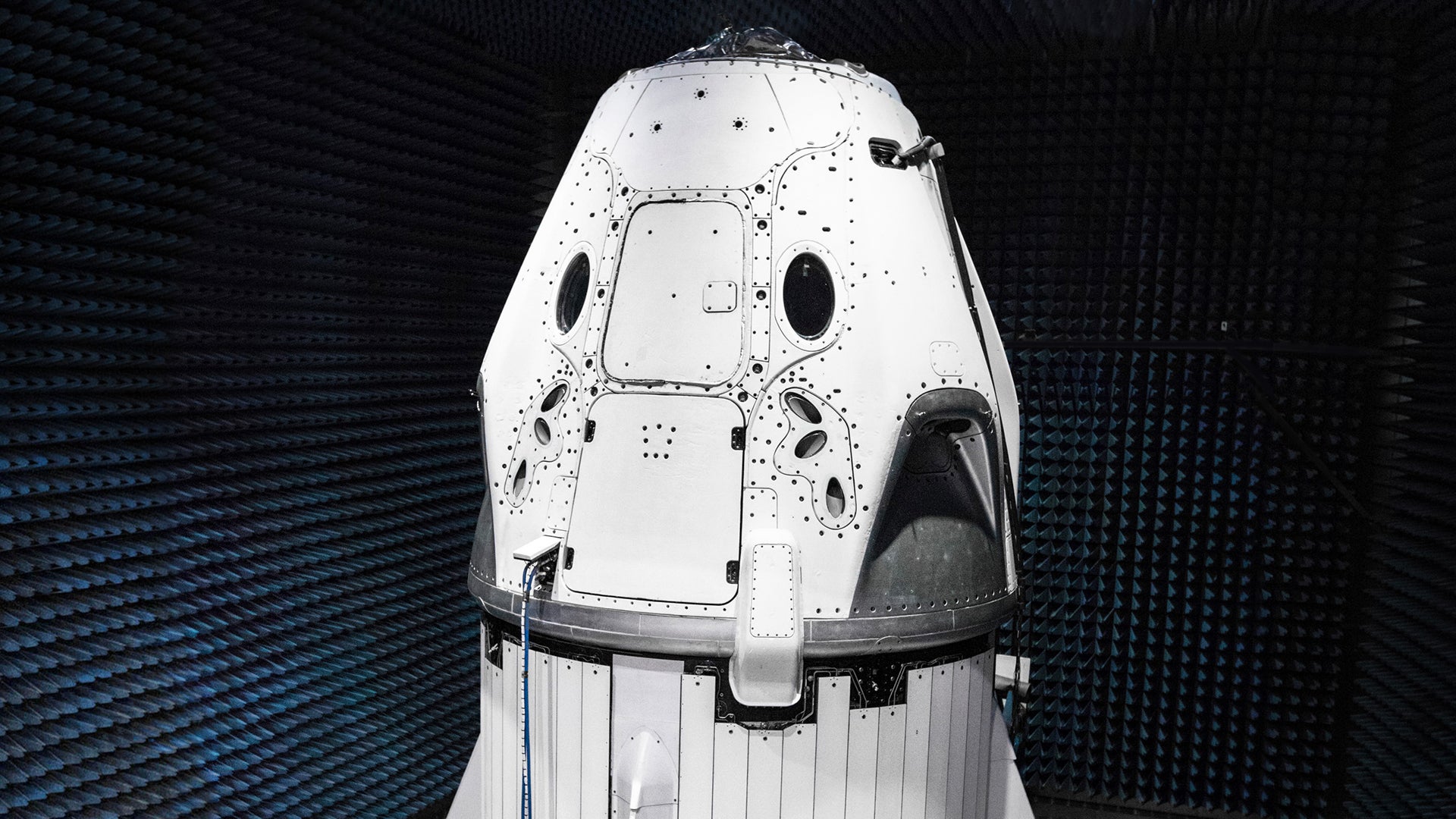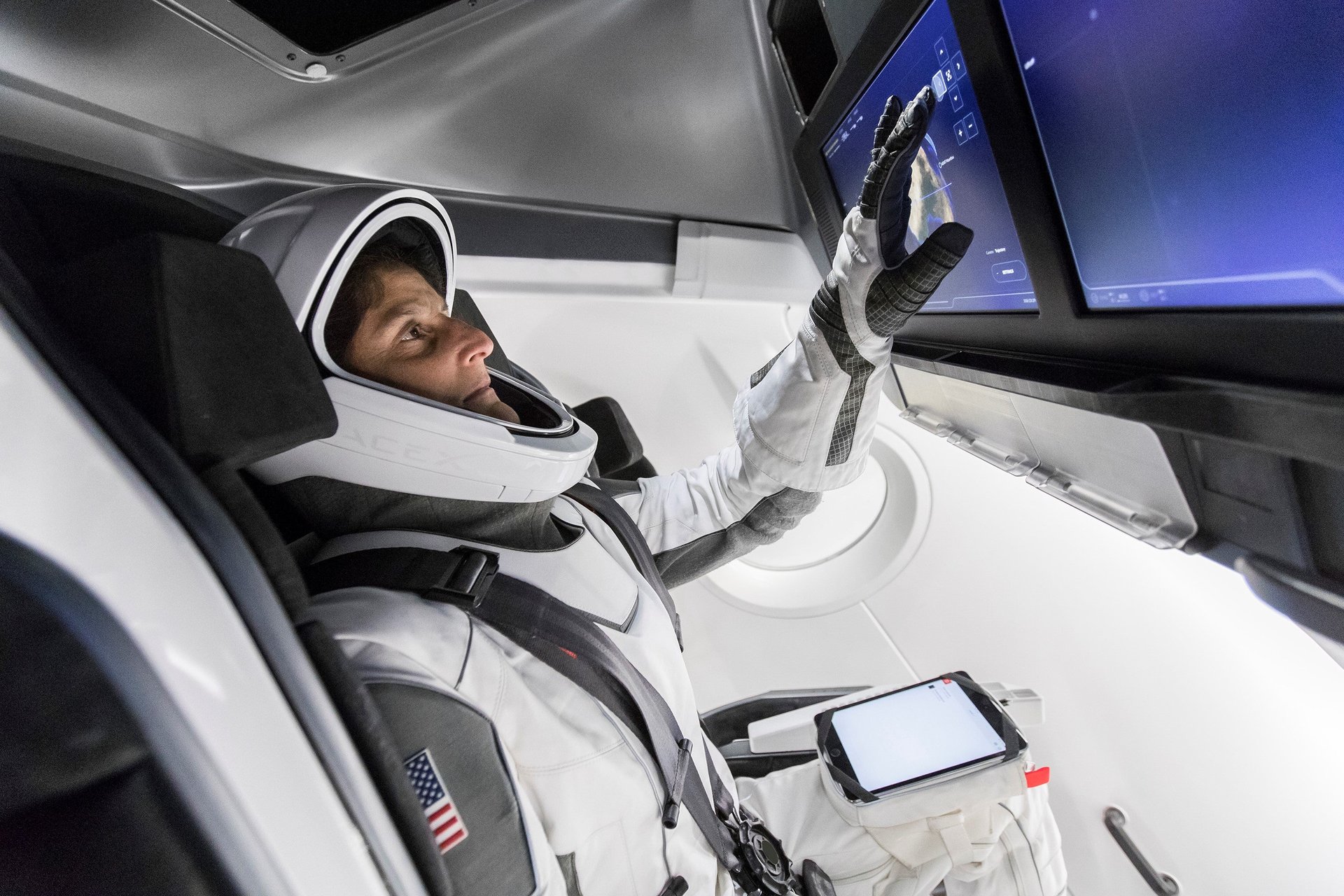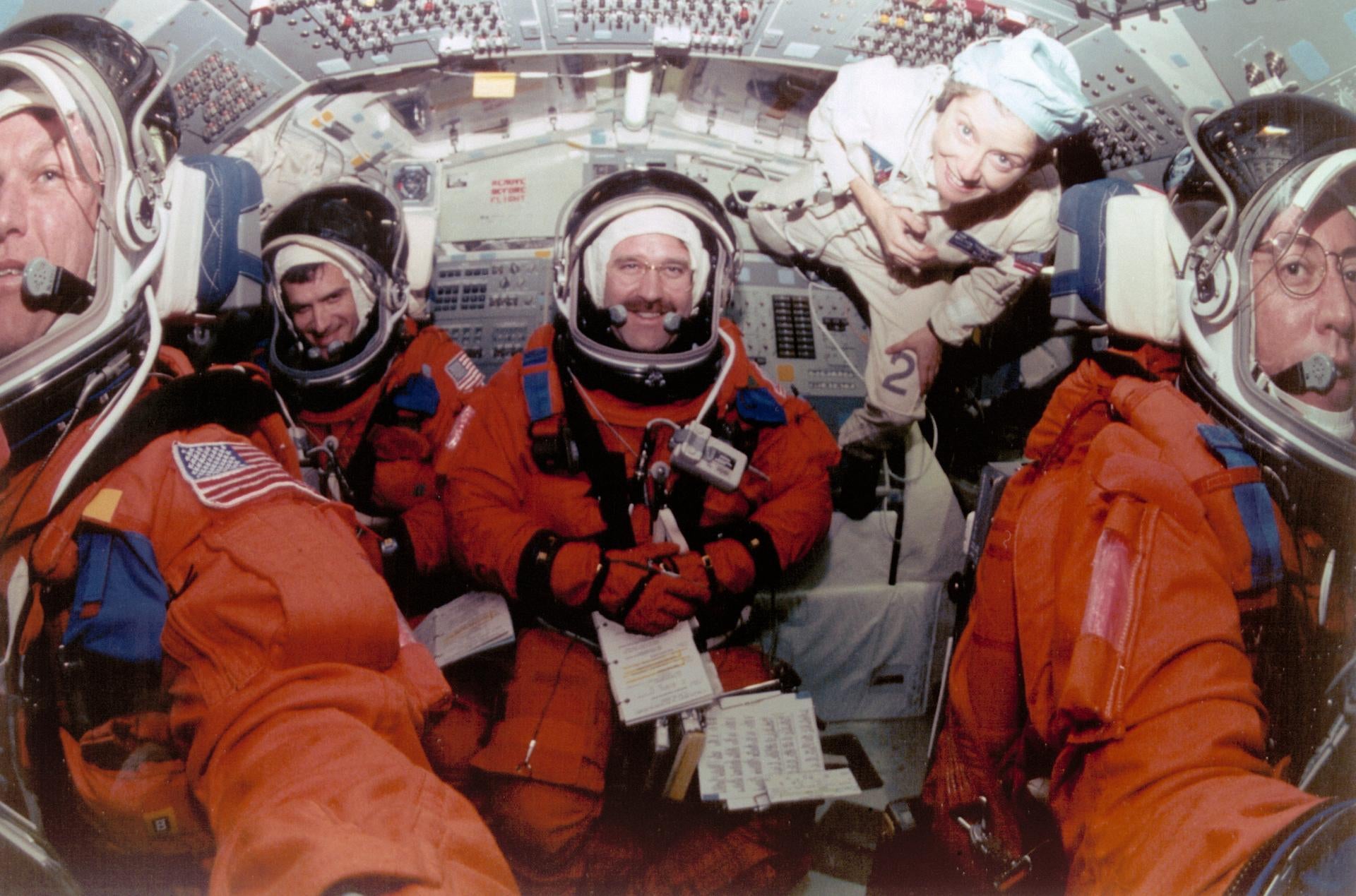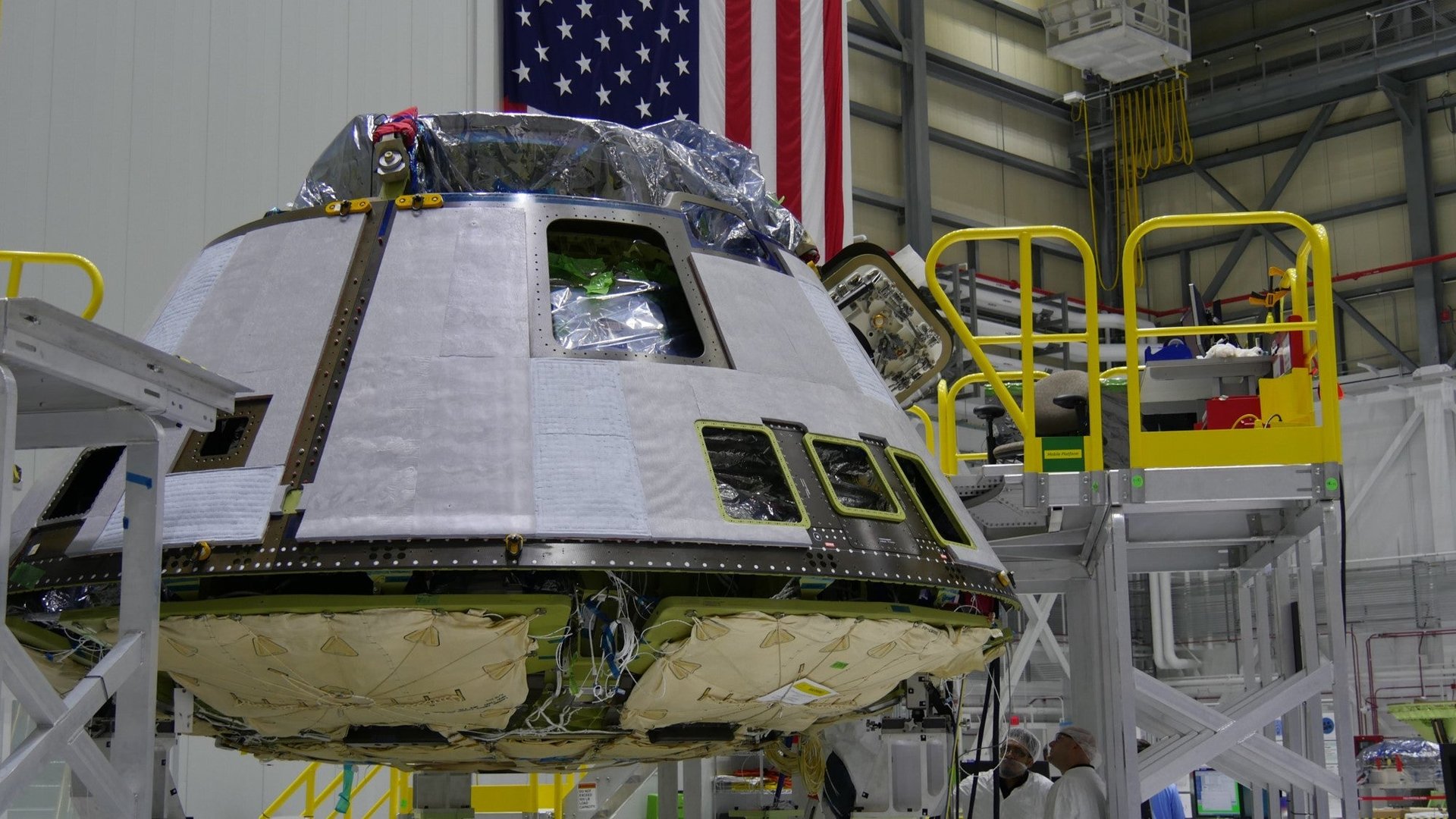This is what America’s new space shuttles look like
US astronauts haven’t had their own ride into orbit since the space shuttle was retired in 2011. Two private companies are racing to replace it and become the first to fly astronauts for NASA.


US astronauts haven’t had their own ride into orbit since the space shuttle was retired in 2011. Two private companies are racing to replace it and become the first to fly astronauts for NASA.
Boeing and SpaceX are being paid billions of dollars to build and operate crewed space capsules that will take humans to the International Space Station. NASA and the two companies recently shared new pictures of the astronauts and their custom spacesuits training for their flights with simulated missions in mock-up capsules.
Here’s the inside of Boeing’s CST-100 Starliner:

Here’s SpaceX’s Dragon crew capsule:

Both are about six times smaller than the Space Shuttle main cabin: The Dragon has an interior volume of about 10 cubic meters and the Starliner about eleven cubic meters.

The new class of astronauts can at least take comfort in the fact that their capsules are about sixty percent larger than the Apollo command module that took astronauts on multi-day journeys to the moon—and NASA is requiring that private engineers attempt to make the capsules more than twice as safe as the space shuttle was when it stopped flying.
While superficially similar, the two vehicles have their own identities; SpaceX’s controls are almost entirely based on touchscreens, while Boeing maintains more physical switches, for example. Both are now approaching maturity, with uncrewed test flights expected in 2018.
SpaceX founder Elon Musk shared this picture yesterday of the Dragon and its “trunk,” a container for additional unpressurized cargo and support systems, undergoing electromagnetic interference tests before a journey to a massive NASA vacuum test chamber in Ohio.
And here’s an exterior view of a Boeing Starliner under construction:

After both companies demonstrate their vehicles in missions without crew in August 2018, Boeing is expected to be the first to carry astronauts into space on a test mission scheduled for November 2018, with SpaceX to follow with a crewed demonstration flight in December 2018. However, industry and NASA sources expect both crewed test flights are to slip into 2019.